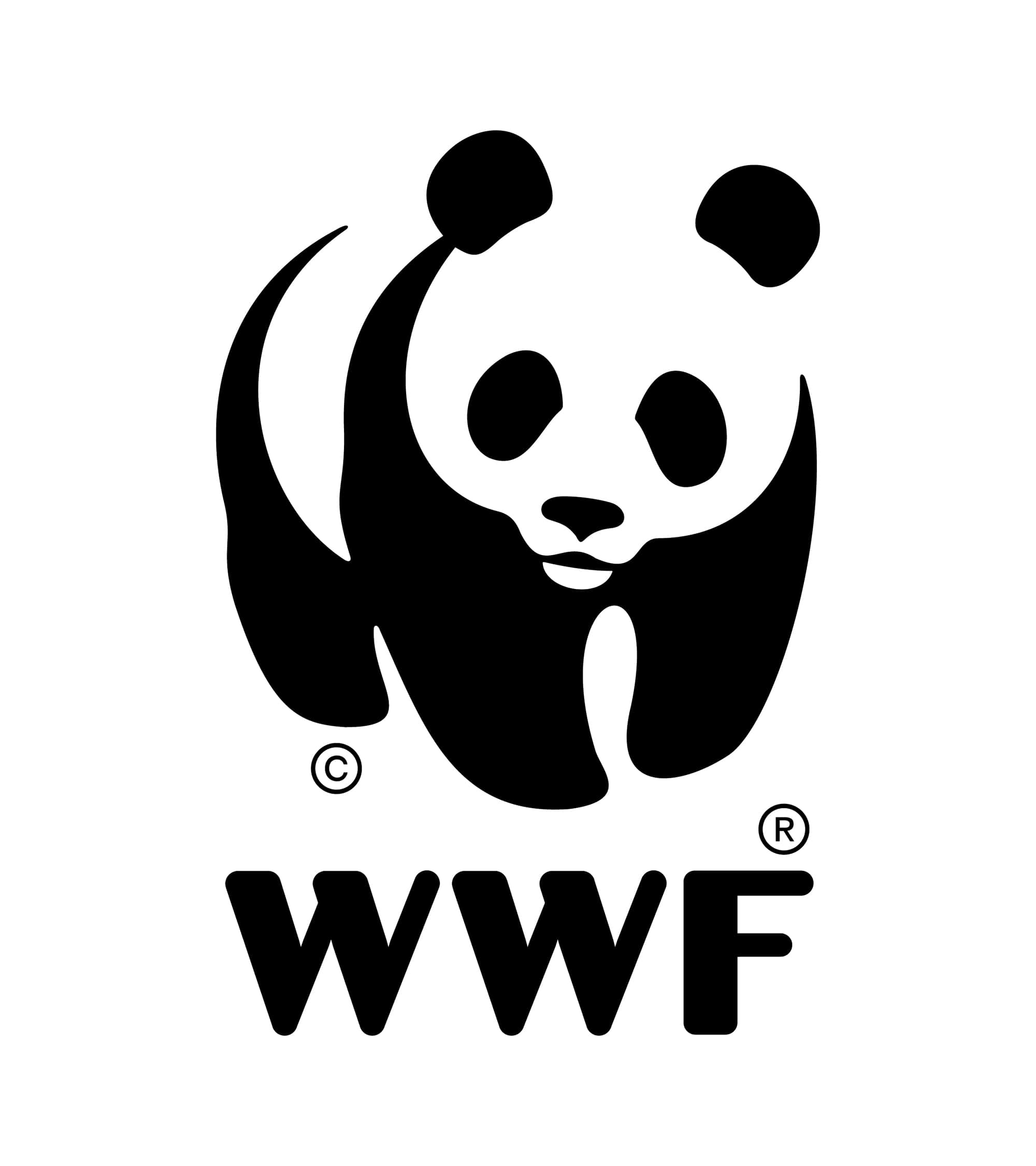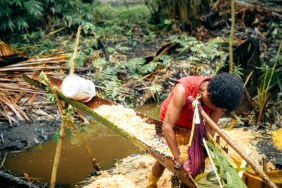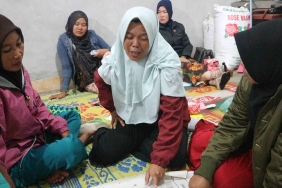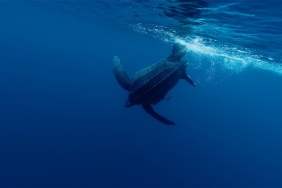HIGH CONSERVATION VALUE SURVEY IN TAMBRAUW, GUNUNG ARFAK, SOUTH MANOKWARI AND SUPIORI DISTRICTS
Manokwari - WWF-Indonesia together with the Papua Provincial Government conducted a high conservation value (HCV) survey in three districts namely Tambrauw Regency in the Senopi and Inam village areas, Arfak Mountains Regency in the Anggi and Testega village areas and South Manokwari Regency in the Wama village area and Isim plains. These villages are located in one route that is interconnected with each other. The survey, which was carried out on August 6-21, 2018, involved the University of Papua, Cenderawasih University, Ottow Geissler University, Manokwari Forestry Research and Development, Paradisea Foundation and was fully supported by the Tambrauw, South Manokwari and Arfak Mountains Regency Governments.
This survey is a follow-up to the West Papua Provincial Government's commitment as a conservation province that targets an increase in the area of protected areas in West Papua province. To encourage this effort, WWF-Indonesia together with the West Papua provincial government took the initiative to increase protected functions by 3-5% in these districts. This increase in protected function is in line with the findings in the field during the survey of several types of endemic species of both flora and fauna that are important for maintaining the ecological function of the environment as well as the socio-cultural benefits of the traditional communities that inhabit the area.
Through the HCV Survey, six attributes supporting HCVs were identified, namely areas with important levels of biodiversity, landscape areas important for natural ecological dynamics, areas with rare or endangered ecosystems, areas providing natural environmental services, areas with important functions for meeting the basic needs of local communities and areas with important functions for the traditional cultural identity of local communities. For survey effectiveness, these attributes are accommodated in six taxa namely Aves, Forest ecology, Plant taxonomy, mammals, insects, reptiles and amphibians. Also included is the mapping of important places to complement the socio-cultural data of the local community.
The survey results show that the proposed corridor development areas in the three districts have five different ecosystem types, ranging from grassland, lowland mixed forest, flooded lowland forest, Coniver and Lithocarpus montane forest, and nothophagus montane forest. These different types influence the local traditional culture of the people as well as their important function in fulfilling the basic needs of local communities. Surveys conducted from 100-2,800 meters above sea level show the diversity of flora and fauna. No less than 1,253 species of flora were identified, with 210 endemic species, and 4 of them included in the protected category based on PP No. 20/2018, namely Agathis labillardieri Warb., Intsia palembanica Miq., Nepenthes maxima Reinw. ex Ness. and Pigafetta filaris. Meanwhile, 70 species are included in the IUCN redlist in 2018, with 2 types of CR (Critically Endangered) category, 6 types of EN (Endangered) category, 15 types of VU (Vulnerable) category, 4 types of NT (Near Threatened) category, 17 types of LC (Least Concern) category, 20 types of LR (Low Risk) category, 6 types of DD (Data Deficient) category.
Findings in the field also show that important areas in the three districts are habitats, transit routes, playgrounds and foraging grounds for several species of animals such as Mallomys rochscildi, Psedochirulus mayeri as well as several endemic bird species, one of which is the Namdur bird (Amblyornis inornatus) or commonly known as the smart bird.
The future challenge for the area is the various pressures that arise through plantation investment, illegal logging and illegal mining, village and district development, infrastructure development, hunting and animal trade and changes in indigenous values in natural resource management. The results of the survey are expected to become basic data that can be integrated in the Strategic Environmental Assessment (KLHS) document and the revision of the West Papua RTRWP as well as recommendations for corridor proposals to improve the protected function of the area.
On the same occasion, a similar survey was also conducted in Supiori Regency, Papua Province; The survey produced interesting findings, especially endemic bird species such as Gerygone magnirostris hypoxantha, Tanysiptera riedelii, Ptilinopus viridis geelvinkiana, Centropus chalybeus, Myzomela obscura rubrobrunnea, Eos cyanogenia, Lorius lory cyanauchen, Trichoglossus haematodus rosenbergii, Aplonis magna magna, Aplonis metallica inornata, Zosterops mysorensis. Also species classified as Near Threatened (NT) such as Tanysiptera riedelii, Centropus chalybeus, and Zosterops mysorensis and species classified as Vulnerable (VU) such as mambruk species Goura Victoria and Eos Cyanogenia. One of the recommendations of the HCV survey results in Supiori district is the integration of the Supiori district reserve direction as a conservation district in Papua Province.





